Castello di Pralormo – Ph. elitravo/shutterstock
With the arrival of spring, Italian villages awaken in a veritable symphony of colors, scents and sensations. This is the ideal time for the rediscovery of sustainable tourism, which privileges the slow pace and authentic connection with the territory. Slow Spring in Italian villages represents a unique opportunity to immerse oneself in history, culture and nature, following ancient paths that snake through landscapes painted in green and varied blooms.
The quiet of small towns, far from the hubbub of daily life, becomes the perfect destination for those who want to disconnect from the routine and hectic pace of the city. The rediscovery of villages, often anchored in centuries-old traditions and guardians of a unique heritage, allows you to connect with the most authentic dimension of Italy, where time seems suspended and stories are intertwined with the beauty of the surrounding nature.
Through Sustainable Tourism in Italy’s Villages in Spring, we are going to explore not only the less traveled landscapes and paths, but also the most environmentally and socially friendly practices that ensure the preservation of these magical places for future generations. So let us guide you to discover these hidden treasures, where tourism slows its pace to become experience, emotion, awareness.
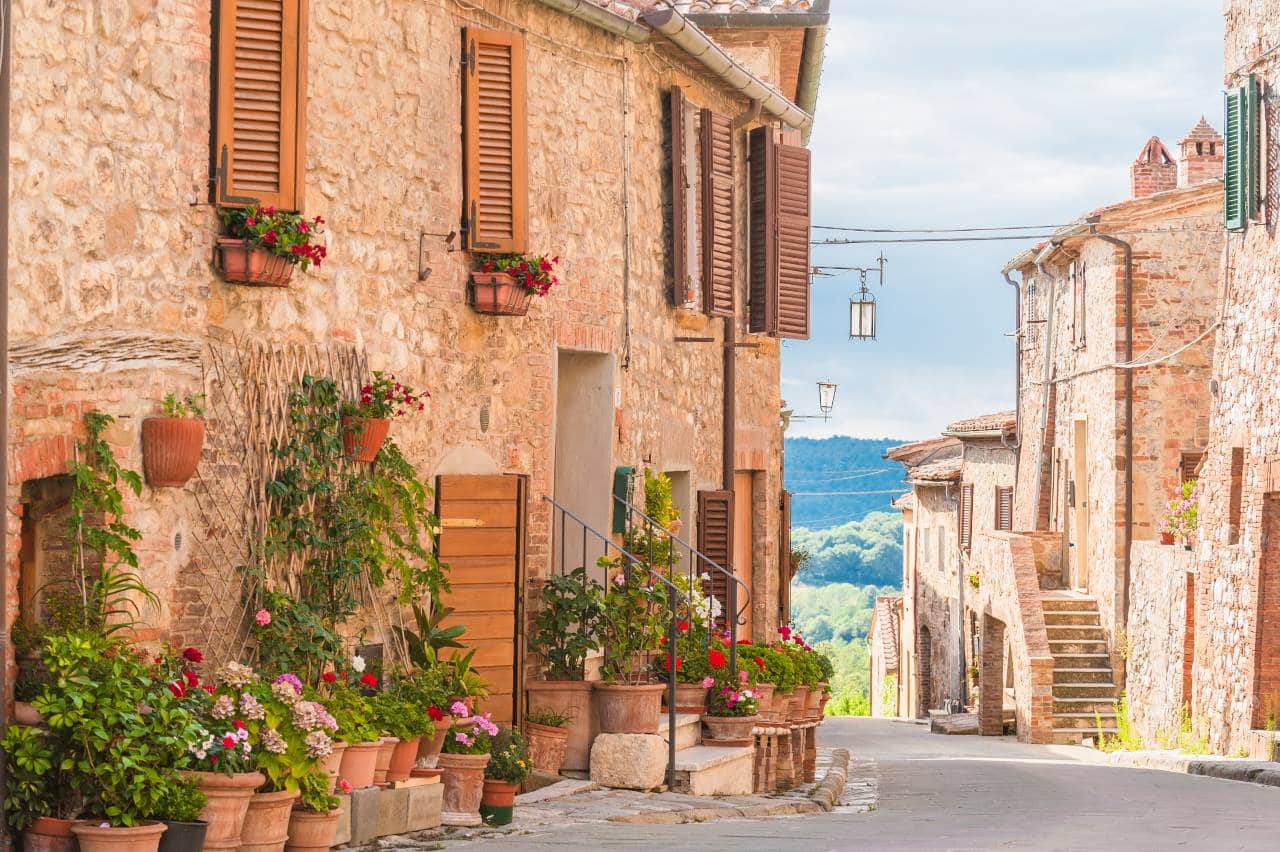
Ph. Jarek Pawlak/shutterstock
Italian villages not to be missed in spring
Spring, with its mantle of new colors and scents, invites travelers to discover the enchantment of picturesque Italian villages, places where history blends with lush nature. Among them, Ceriana, in the Ligurian hinterland, awaits travelers with its narrow alleys and medieval arches, a stage on which nature blossoms unexpectedly among the stone walls, creating a fairy-tale atmosphere. In the heart of Cilento, Vibonati is the perfect example of how respect for nature and ancient architecture can coexist, providing walks where every corner holds a breathtaking view of crystal-clear waters.
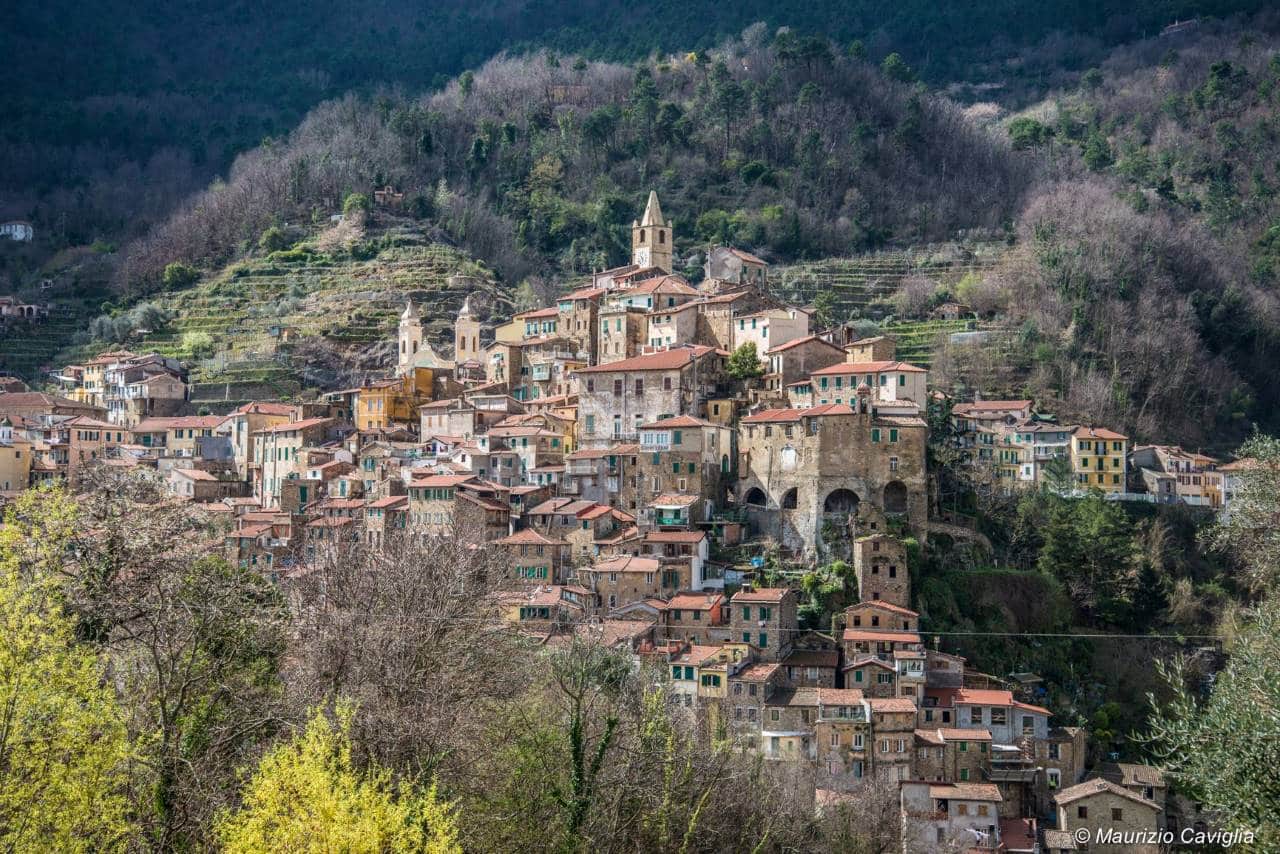
Ceriana – Ph. FCEAfolio/flickr
Not far from Rome, Vitorchiano captivates its visitors thanks to its unique location on a mass of peperino stone overlooking a lush valley, a true natural balcony where one can savor the first warmth of spring. Then heading up north, one comes across Castellaro Lagusello, a Mantuan jewel that is mirrored in the tranquil waters of a lagoon heartland, offering an idyllic setting, where water reflections play with historic houses and flora awakened by the first warmth.
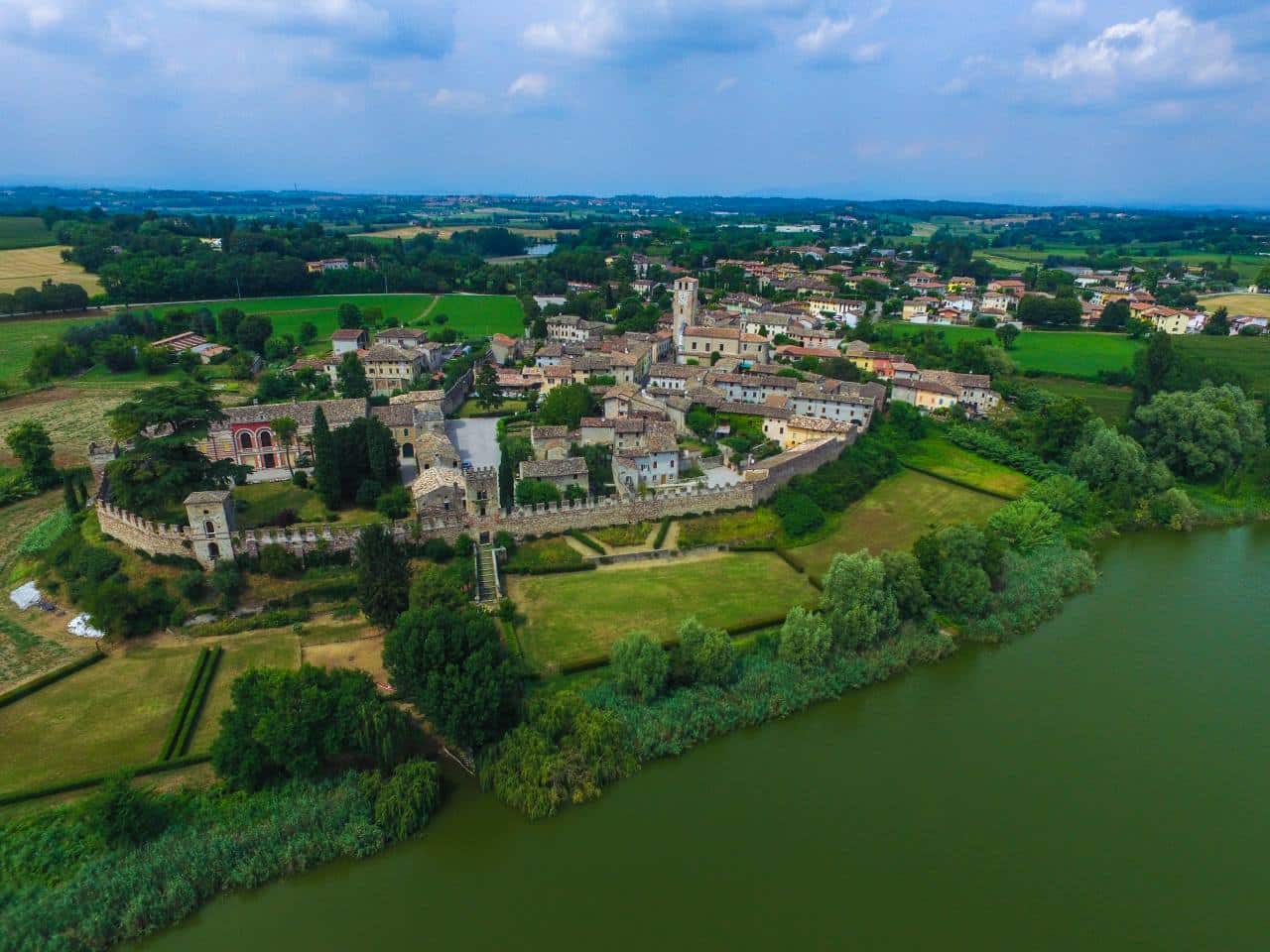
Castellaro Lagusello – Ph. BNFWork/shutterstock
To visit these villages during spring is to witness the awakening of nature and the local community, where every festival and tradition is celebrated with renewed vigor, promising authentic and wonder-filled experiences in every corner of these Italian wonders.
The spring of festivals
In the lively spring landscape, numerous villages are preparing to host peculiar events and festivals that attract visitors from all over, each with its own peculiarities and capabilities. Suvereto, an enchanting Tuscan village, is celebrating the Suber Wine Festival, a food and wine event dedicated to quality wines and undergrowth products, such as the prized cork that characterizes the area. This is an unmissable occasion for lovers of good wine who wish to discover the link between wine, territory and local traditions. In Sardinia, the famous Bosa Beer Fest is held in Bosa, a tribute to artisanal brassiculture. A festival that offers visitors the chance to taste different varieties of beers, immersing themselves in a cheerful and convivial atmosphere.
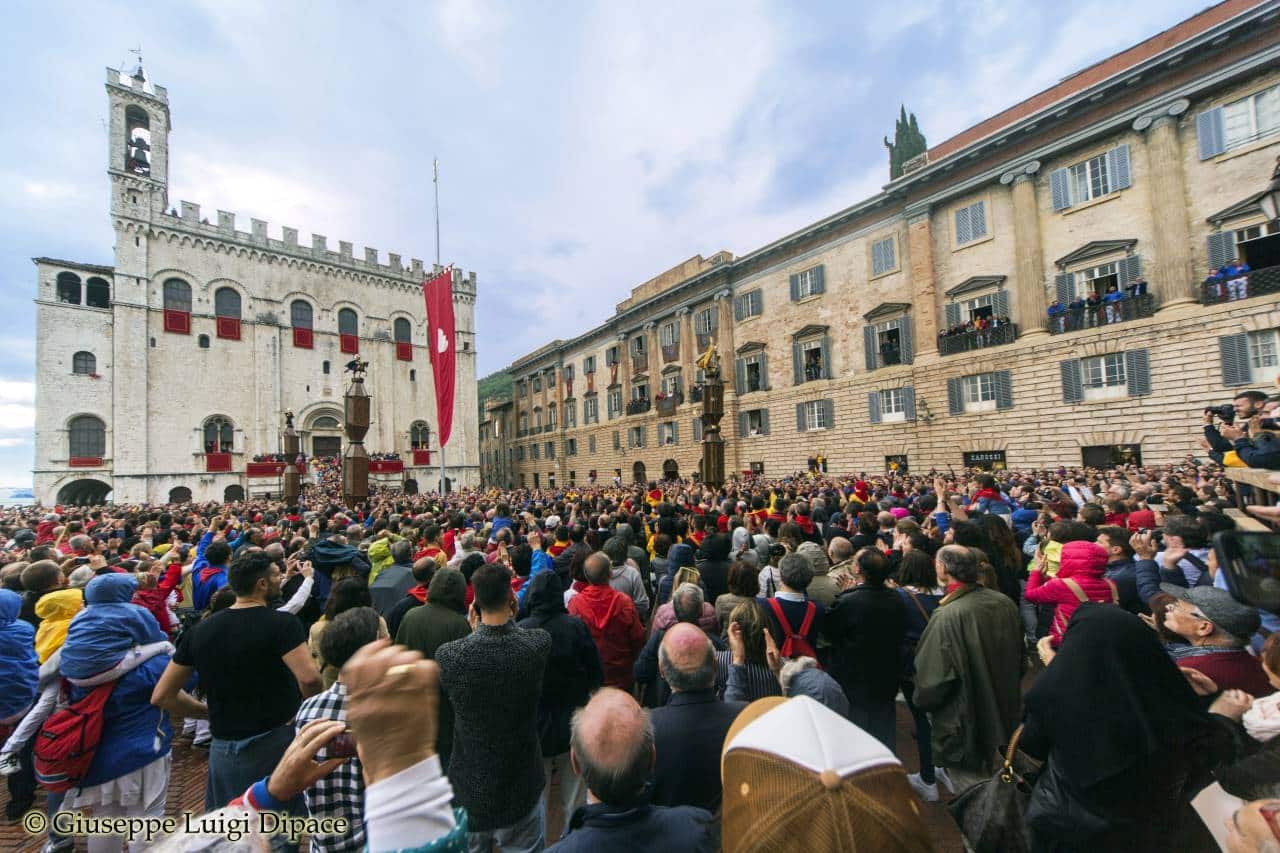
Festa dei Ceri – Ph. Giuseppe Luigi Dipace/flickr
In Umbria, the beating heart of spring beats loudly in Gubbio during the historic Festa dei Ceri, one of the oldest celebrations and sentiments, which sees its citizens run through the streets of the village carrying huge candles in honor of its patron saint, St. Ubaldo. Continuing the journey, Castiglione del Lago, on the shores of Lake Trasimeno, dresses up for the Tulip and Spring Festival, a colorful and joyous event that transforms the village into an open-air flower garden. Finally, in Galeata, a small town in Emilia-Romagna, there is the Sagra dello Stridolo, where this particular aromatic herb becomes the protagonist of genuine dishes and culinary experimentation, celebrating the simplicity and biodiversity of the Apennines.
These festivities, so different from each other but at the same time so connected by the thread of tradition and seasonality, make spring the ideal time to set out to discover Italian villages, savoring the joy of being together and the richness of local productions.
The seasonal cuisine of the villages
Spring is synonymous with an awakening not only of landscape and culture, but also of gastronomy. Here, enogastronomy is based on the rediscovery of typical dishes, the enhancement of km 0 products and following the slow rhythm of the seasons, which mark time in the kitchen as well as in everyday life. The vegetable gardens and the countryside are populated with fruits and vegetables that become the undisputed protagonists of the set tables, where traditional recipes are handed down from generation to generation, keeping alive the connection with the territory and its history.
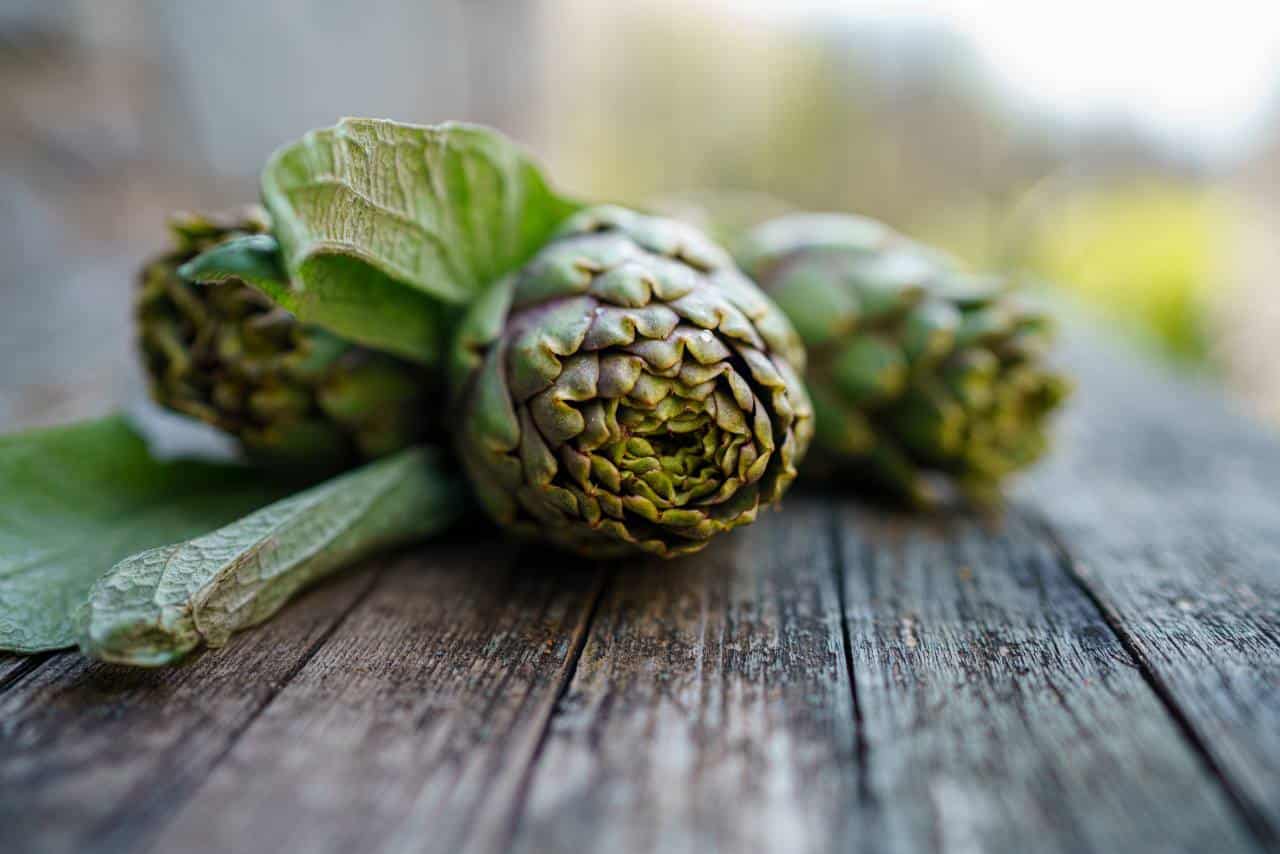
Ph. Maritè Toledo/flickr
Spring festivals celebrate the joy of returning to the land and the spirit of community, offering menus embellished with fresh ingredients, harvested from the surrounding fields, from tender artichokes to light fior di zucca, from wild asparagus to the first sweet pea. Village cuisine does not neglect the sea, where catch of the day and seafood combine in dishes that tell of ports and seafaring traditions. In this season of rebirth, cheeses and cured meats also stand out for their freshness and quality, linked to mountain pasture and artisanal processing.
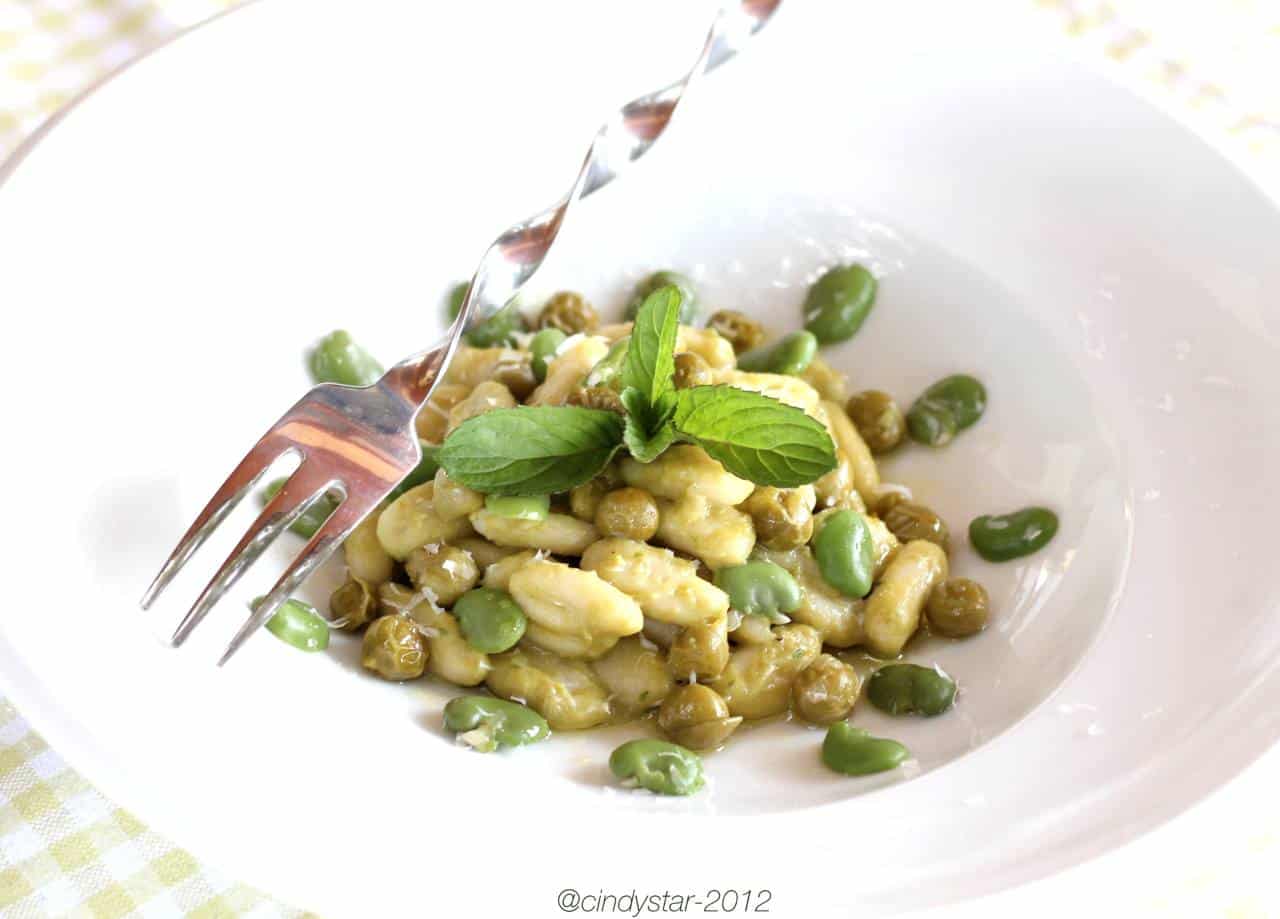
Cavatelli fave e piselli – Ph. cindystarblog/flickr
Enjoying a 0-kilometer dish in an Italian village means not only delighting the palate, but also making an authentic immersion in the culture of the place, understanding how each ingredient, each gesture in the kitchen are a piece of a larger narrative, that of a community that celebrates its roots through flavors. The food and wine experience in the villages thus offers an opportunity for a sensory journey that, through traditional recipes and typical dishes, tells the story, identity and soul of these splendid remnants of Italy.
The spring of renewal
With the awakening of nature, festivals, seasonal events, cuisine linked to the territory, typical dishes and recipes that hand down culinary stories, they represent the perfect synthesis of an Italy that knows how to renew itself while respecting its roots and the environment.
Spring in the Villages is not just an opportunity for a break from the daily routine, but an invitation to be part of a virtuous circle, inviting people to travel slowly, savor every moment, enrich themselves culturally and support small local activities. It is a time to rediscover the beauty and value of small things, where every seed that sprouts, every feast that is prepared and every dish that is cooked is preserved and passed down.
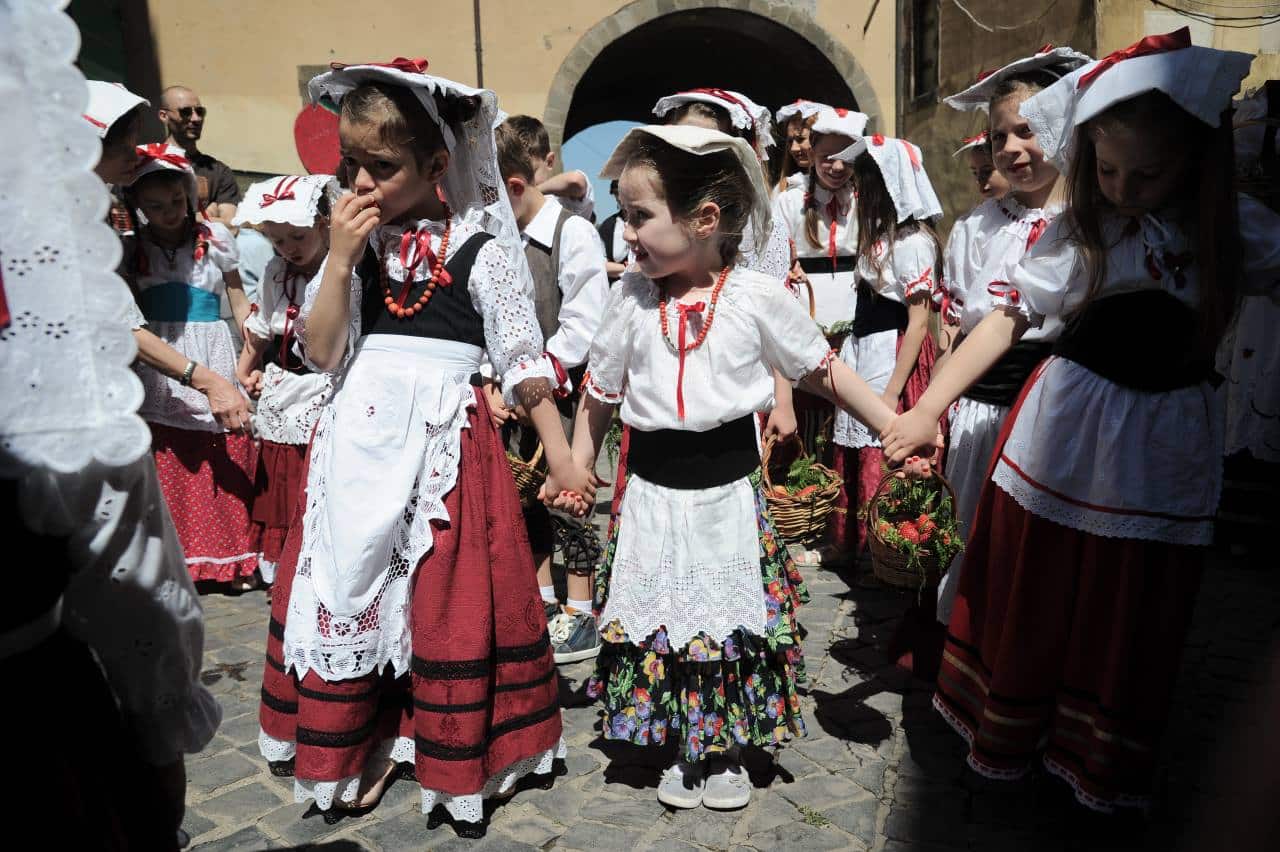
Sagra delle fragole a Nemi – Ph. MZeta/shutterstock
Visiting Italian villages in spring means taking the time to listen to the stories hushed by centuries-old stones, to feel the heartbeat of traditions, to see nature expressing itself in all its forms. The season invites you to share those deep and simple values that make Italy a unique and unforgettable mosaic, a journey that goes beyond simply seeing, a journey that nestles in your heart and will remain etched in your memory as an authentic and genuine experience.


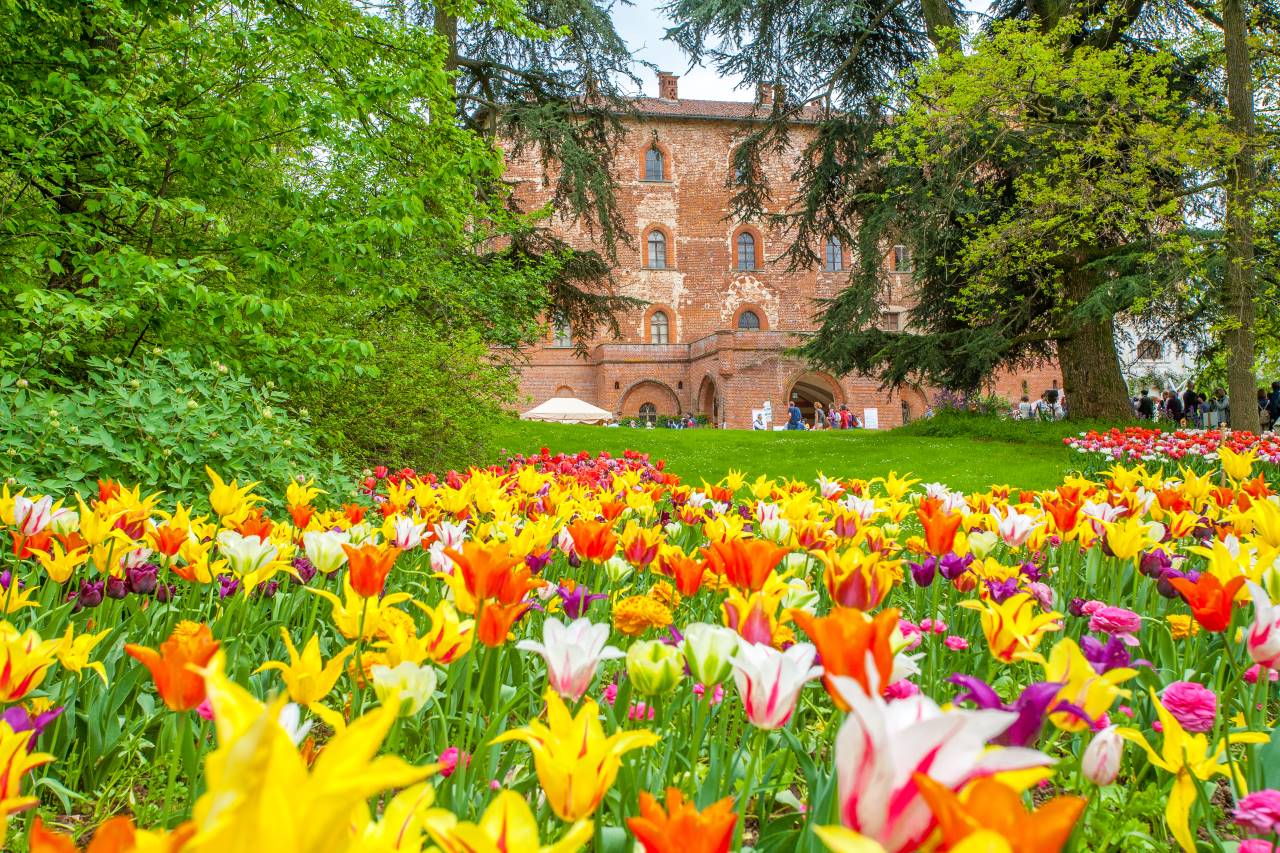
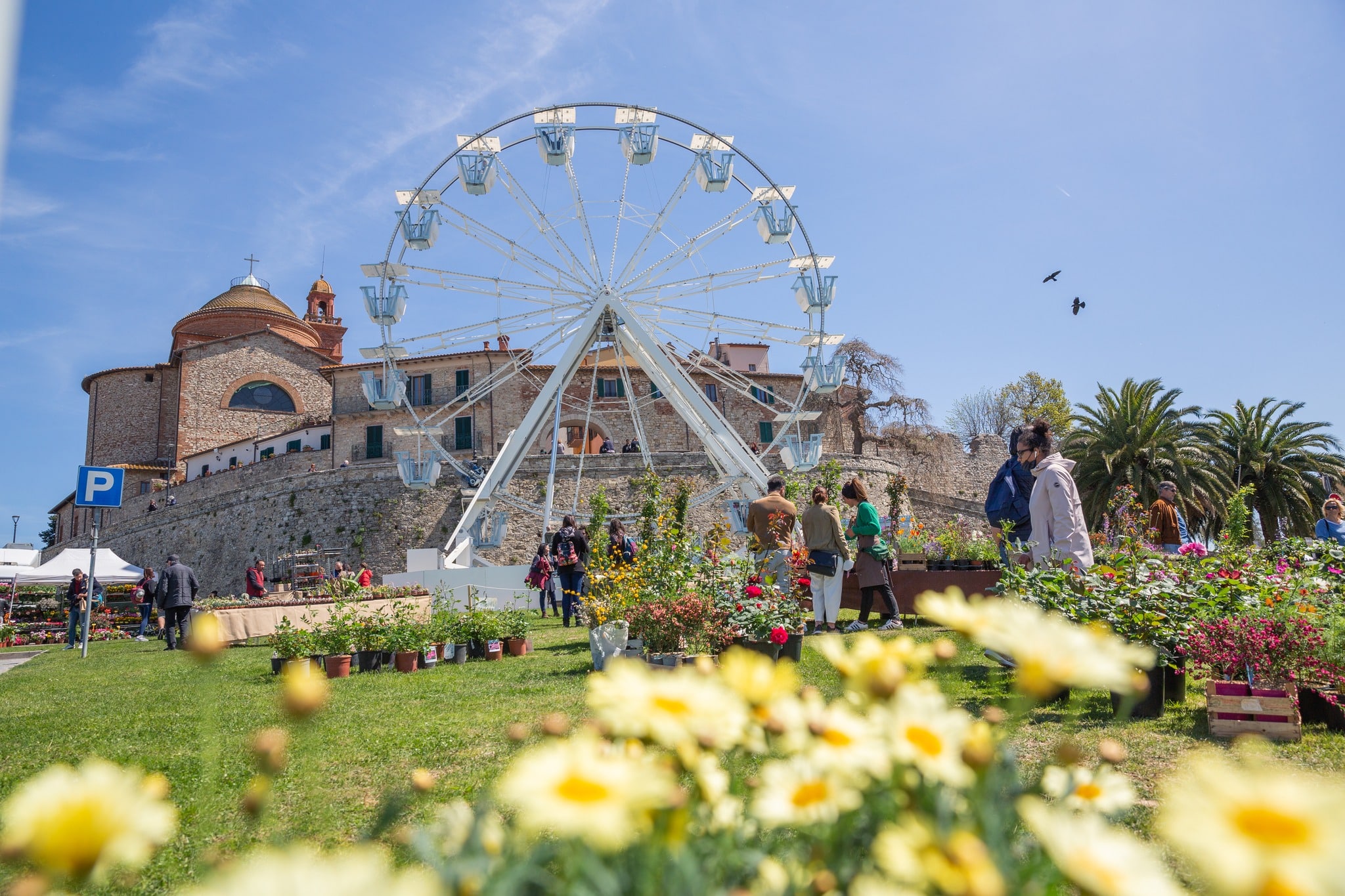
0 Comment